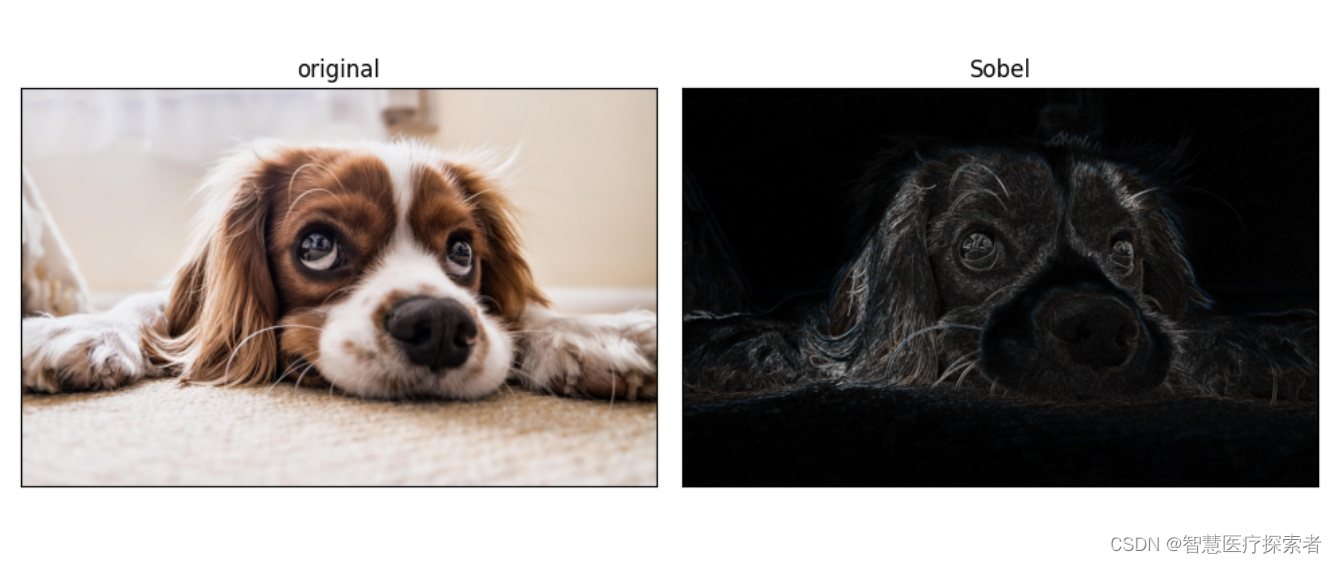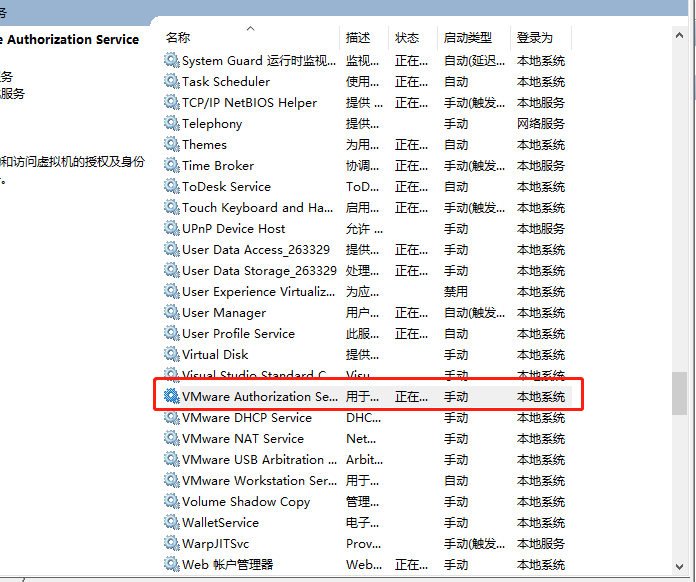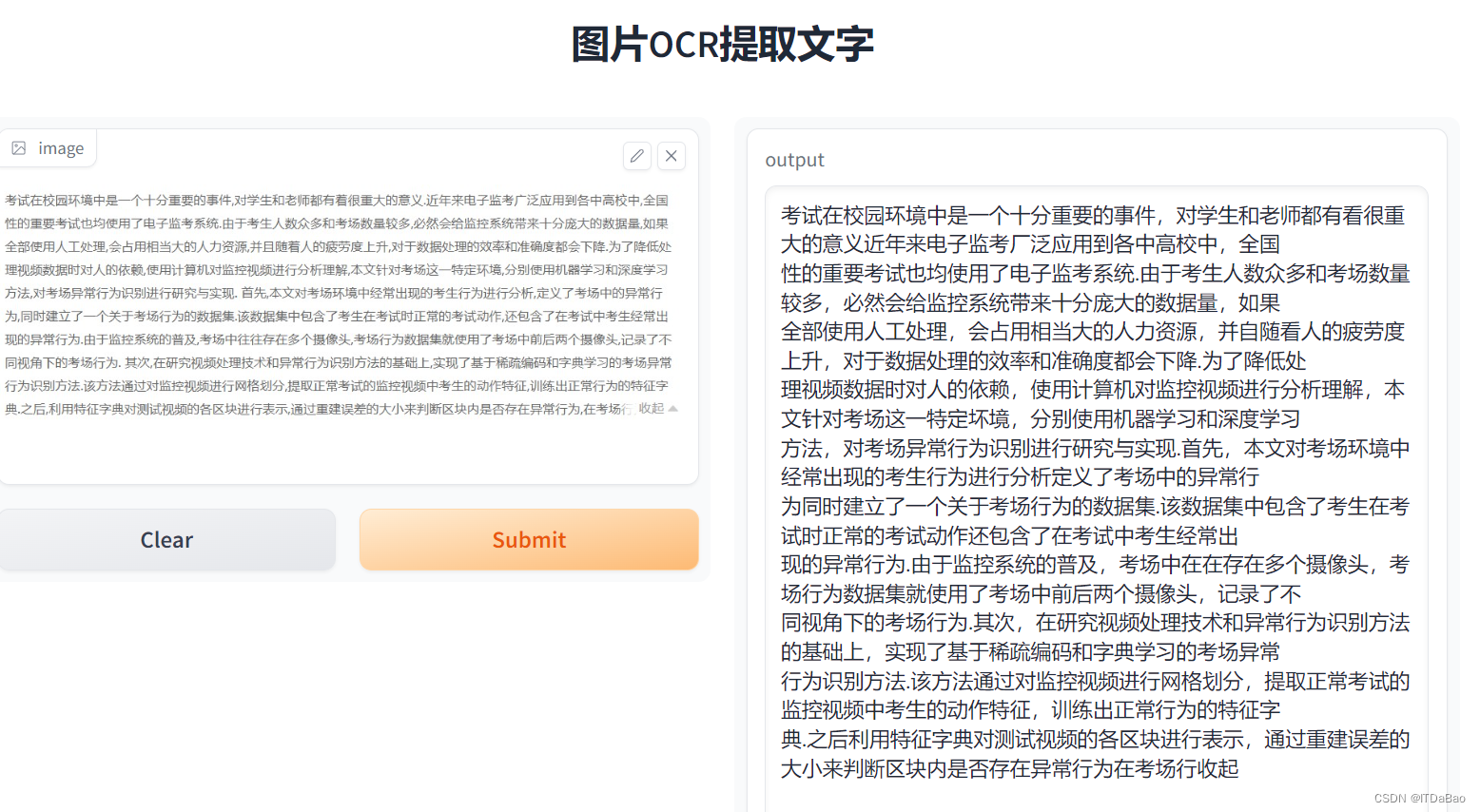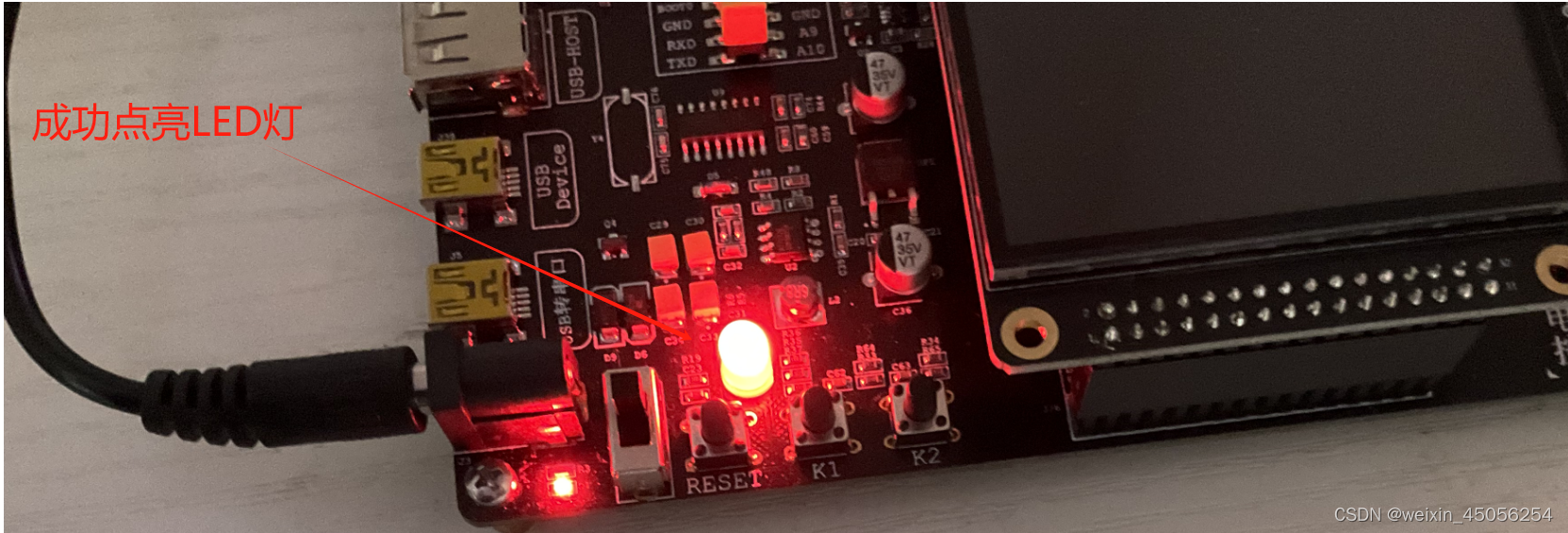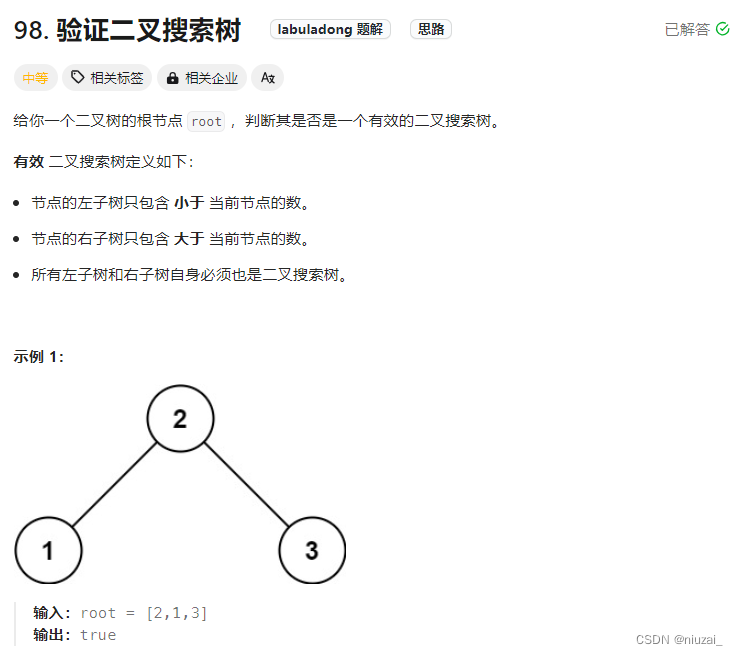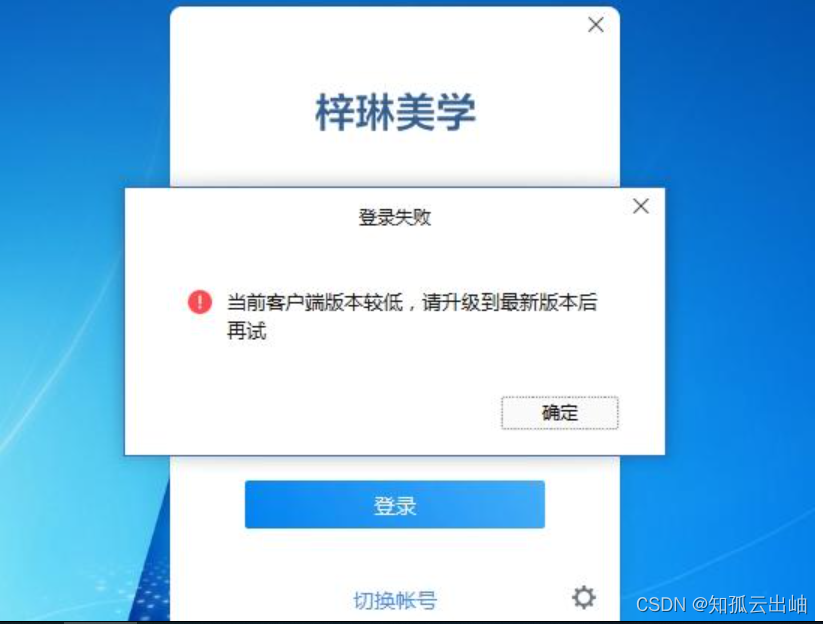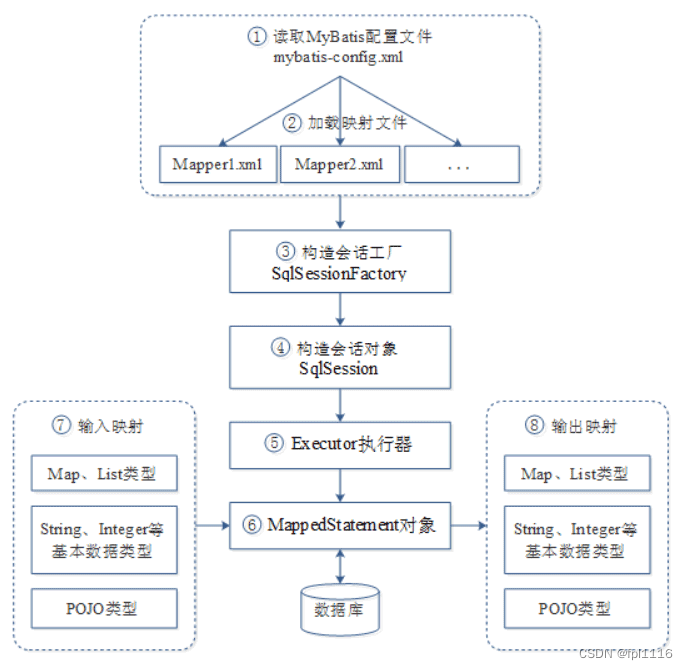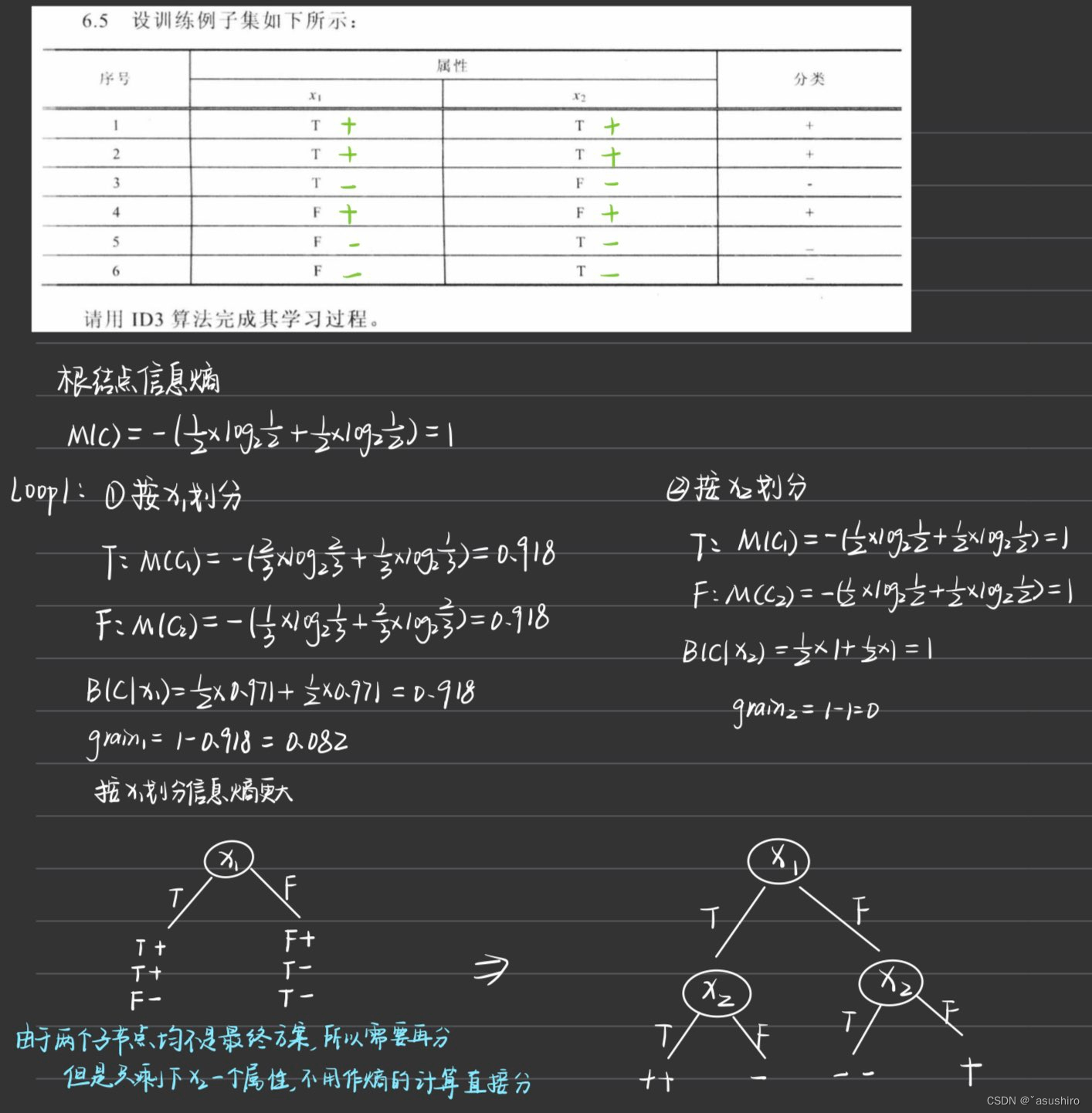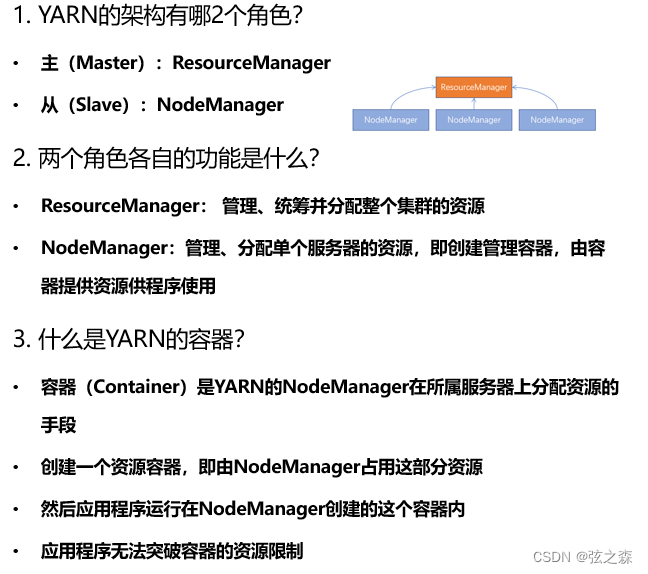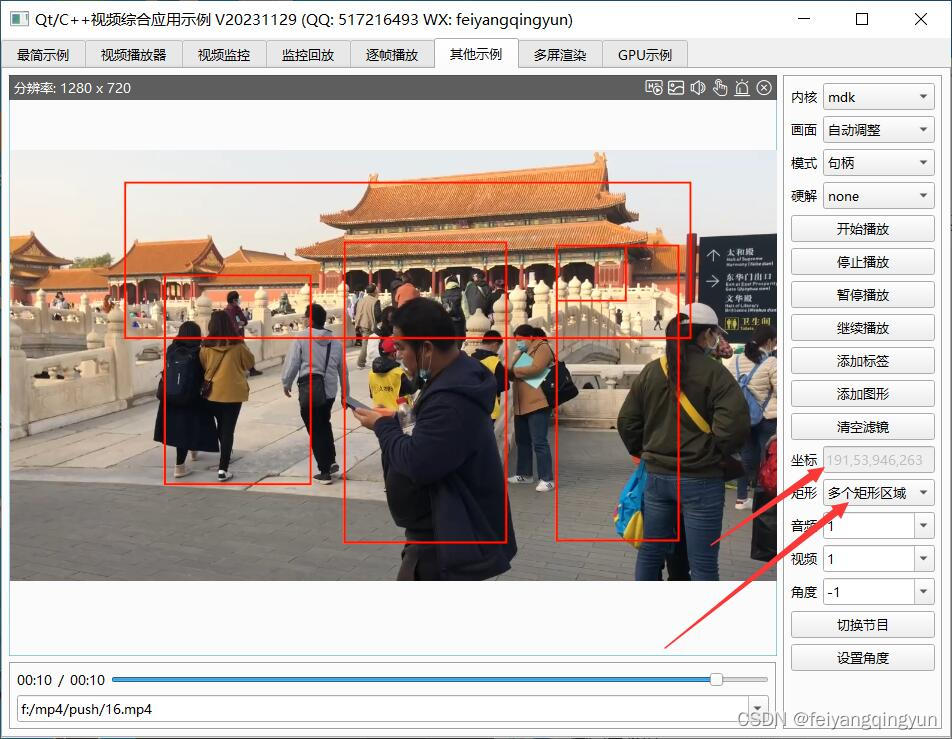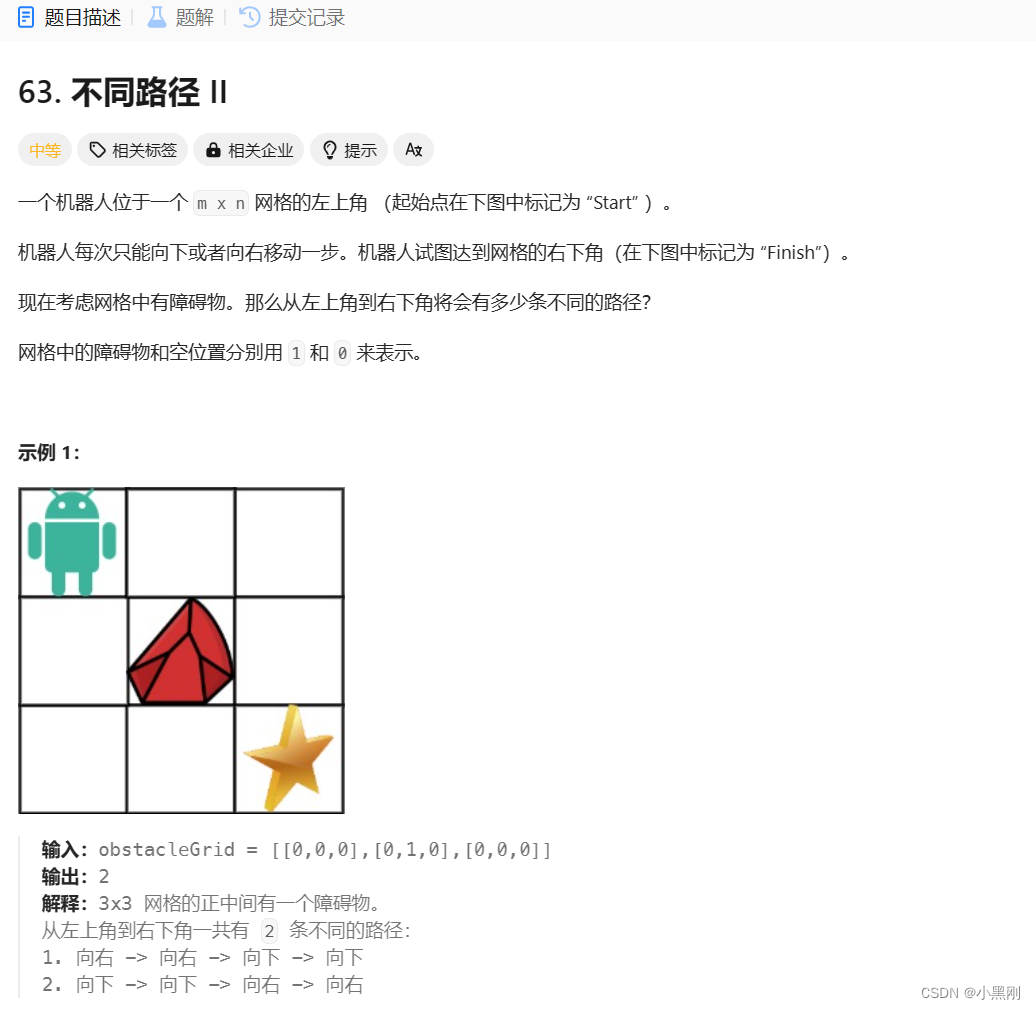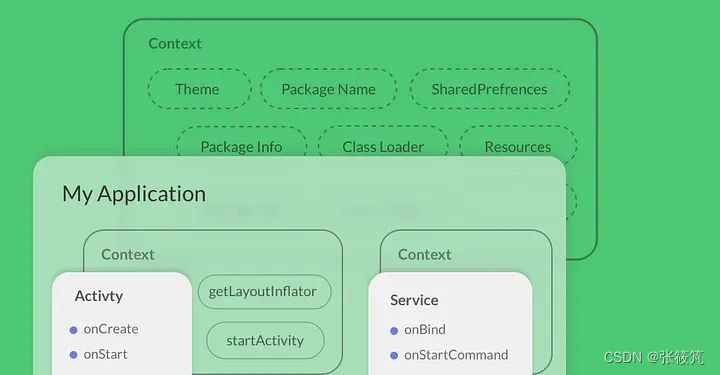命令模式
- 概念
- 创建步骤
- 示例
- 示例一
- 代码实现
- 运行结果
- 示例二
- 代码实现
- 运行结果
- 示例三
- 示例代码
- 运行结果
- 示例四
- 代码实现
- 运行结果
- 应用场景
概念
命令模式是一种行为型设计模式,它允许将请求封装为一个对象,从而使得可以参数化客户端请求、将请求排队或者记录请求日志,以及支持可撤销的操作。
在C++中,命令模式通常由一个抽象命令类、具体命令类、命令接收者类和调用者类组成。
创建步骤
命令模式的主要步骤包括:
1.定义抽象命令类(Command):创建一个抽象类或者接口,其中包含一个纯虚的执行方法,用于执行具体的命令操作。
2.创建具体命令类(Concrete Command):继承自抽象命令类,实现具体的命令操作,同时持有一个命令接收者对象。
3.定义命令接收者类(Receiver):这个类包含实际执行命令操作的方法。
4.创建调用者类(Invoker):这个类负责存储和执行命令对象,可以包含一个命令队列,用于存储多个命令对象。
示例
示例一
代码实现
#include <iostream>
#include <vector>
#include <string> // 命令接口
class Command {
public:virtual void execute() = 0;
};// 接收者接口
class Receiver {//子类必须重写抽象类中所有的纯虚函数,否则子类也是抽象类
public:virtual void turnOn(std::string light) = 0;virtual void setSpeed(int speed) = 0;
};// 具体接收者
class LightReceiver : public Receiver {
public:void turnOn(std::string light) override {//只重写抽象类中的turnOn函数,LightReceiver也会变为抽象类std::cout << "Turning on " << light << std::endl;}void setSpeed(int speed) override {std::cout << "Setting fan speed to " << speed << std::endl;}
};// 具体接收者
class Fan : public Receiver {
public:void turnOn(std::string light) override {std::cout << "Turning on " << light << std::endl;}void setSpeed(int speed) override {std::cout << "Setting fan speed to " << speed << std::endl;}
};// 具体命令
class LightCommand : public Command {
public:LightCommand(LightReceiver*pLight,std::string light) : m_pLight(pLight),light_(light) {}void execute() override {std::cout << "Turning on " << light_ << std::endl;m_pLight->turnOn(light_);}
private:std::string light_;LightReceiver* m_pLight;
};// 具体命令
class FanCommand : public Command {
public:FanCommand(Fan* pFan,int speed) : m_pFan(pFan),speed_(speed) {}void execute() override {std::cout << "Setting fan speed to " << speed_ << std::endl;m_pFan->setSpeed(speed_);}
private:int speed_;Fan* m_pFan;
};// 调用者接口
class Invoker {
public:virtual void setCommand(Command* command) = 0;virtual void execute() = 0;
};// 具体调用者
class LightInvoker : public Invoker {
public:void setCommand(Command* command) override { m_pCommand = command; }void execute() override { m_pCommand->execute(); }
private:Command* m_pCommand;
};int main() {LightReceiver light;LightCommand lightCommand(&light,"kitchen");LightInvoker lightInvoker;lightInvoker.setCommand(&lightCommand);lightInvoker.execute(); // 执行命令,调用接收者的turnOn方法,输出"Turning on kitchen" return 0;
}运行结果

示例二
代码实现
#include <iostream>
#include <vector>
#include <string> // 命令接口
class Command {
public:virtual void execute() = 0;
};// 具体命令 - 加法命令
class AddCommand : public Command {
public:AddCommand(int a, int b) : a_(a), b_(b) {}void execute() override {std::cout << "Result: " << a_ + b_ << std::endl;}
private:int a_, b_;
};// 具体命令 - 减法命令
class SubtractCommand : public Command {
public:SubtractCommand(int a, int b) : a_(a), b_(b) {}void execute() override {std::cout << "Result: " << a_ - b_ << std::endl;}
private:int a_, b_;
};// 调用者 - 计算器
class Calculator {
public:void addCommand(Command* command) {commands_.push_back(command);}void executeCommands() {for (auto command : commands_) {command->execute();}}~Calculator() {for (const auto &command: commands_){delete command;}}
private:std::vector<Command*> commands_;
};int main() {Calculator calculator;calculator.addCommand(new AddCommand(5, 3)); // 添加加法命令,执行后输出"Result: 8" calculator.addCommand(new SubtractCommand(10, 4)); // 添加减法命令,执行后输出"Result: 6" calculator.executeCommands(); // 执行所有命令,依次输出"Result: 8"和"Result: 6" return 0;
}
运行结果

示例三
示例代码
#include <iostream>
#include <vector>// 抽象命令类
class Command {
public:virtual void execute() = 0;
};// 命令接收者类
class Receiver {
public:void action() {std::cout << "Receiver action" << std::endl;}
};// 具体命令类
class ConcreteCommand : public Command {
private:Receiver* receiver;public:ConcreteCommand(Receiver* recv) : receiver(recv) {}void execute() {receiver->action();}
};// 调用者类
class Invoker {
private:std::vector<Command*> commands;public:void addCommand(Command* cmd) {commands.push_back(cmd);}void executeCommands() {for (Command* cmd : commands) {cmd->execute();}}
};int main() {Receiver* receiver = new Receiver();ConcreteCommand* cmd = new ConcreteCommand(receiver);Invoker invoker;invoker.addCommand(cmd);invoker.executeCommands();delete receiver;delete cmd;return 0;
}
运行结果

示例四
代码实现
#include <iostream>
#include <vector>// 命令接口
class Command {
public:virtual void execute() = 0;
};// 具体命令类 - 打开电视
class TurnOnTVCommand : public Command {
public:void execute() {std::cout << "Turning on the TV" << std::endl;}
};// 具体命令类 - 关闭电视
class TurnOffTVCommand : public Command {
public:void execute() {std::cout << "Turning off the TV" << std::endl;}
};// 遥控器
class RemoteControl {
private:Command* command;public:void setCommand(Command* cmd) {command = cmd;}void pressButton() {command->execute();}
};int main() {RemoteControl remote;TurnOnTVCommand onCommand;TurnOffTVCommand offCommand;remote.setCommand(&onCommand);remote.pressButton();remote.setCommand(&offCommand);remote.pressButton();return 0;
}
运行结果

应用场景
1.实现宏命令:命令模式可以与组合模式结合,将多个命令装配成一个组合命令,即宏命令。
2.日志记录和事务处理:在命令模式中,可以方便地增加额外功能,比如日志记录。此外,如果一个操作需要由多个子操作构成,而这些子操作需要被打包在一起作为一个单独的事务来执行,命令模式可以帮助实现这一功能。
3.支持撤销和重做:命令模式可以方便地实现撤销(Undo)和重做(Redo)功能。
4.队列请求:当需要将请求排队,例如用户界面中的点击事件或网络请求,命令模式可以将这些请求封装为对象并放入队列中等待处理。
5.多线程操作:命令模式可以帮助多线程操作,多个线程可以发出操作命令,程序可以在后台自动发出指令并处理其他业务,而不用等待线程完成操作。
6.系统需要将请求调用者和请求接收者解耦:命令模式使调用者和接收者不直接交互。
7.系统随机请求命令或经常增加、删除命令:命令模式可以方便地实现这些功能。
8.当系统需要执行一组操作时:命令模式可以定义宏命令来实现该功能。
总的来说,命令模式的应用场景主要在于解耦请求与实现,封装接收方具体命令的实现细节,使得请求方的代码架构稳定,具备良好的扩展性。
